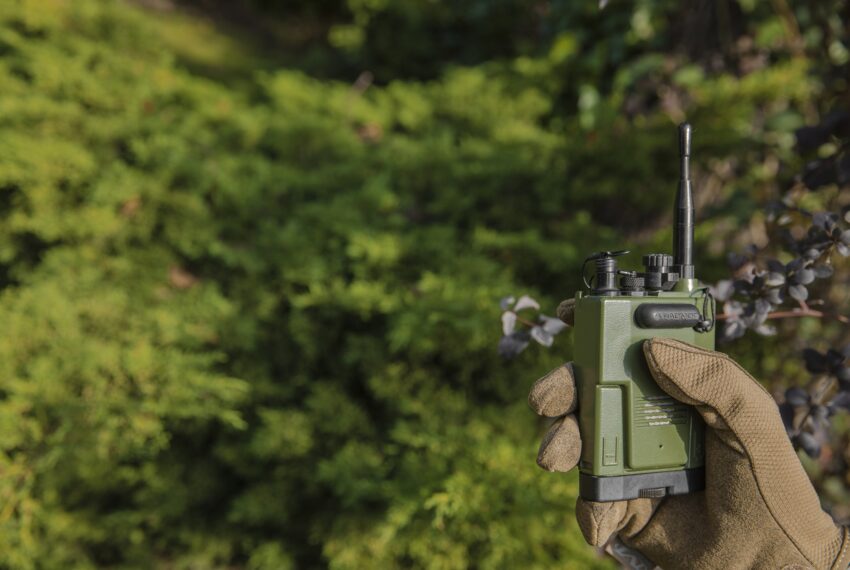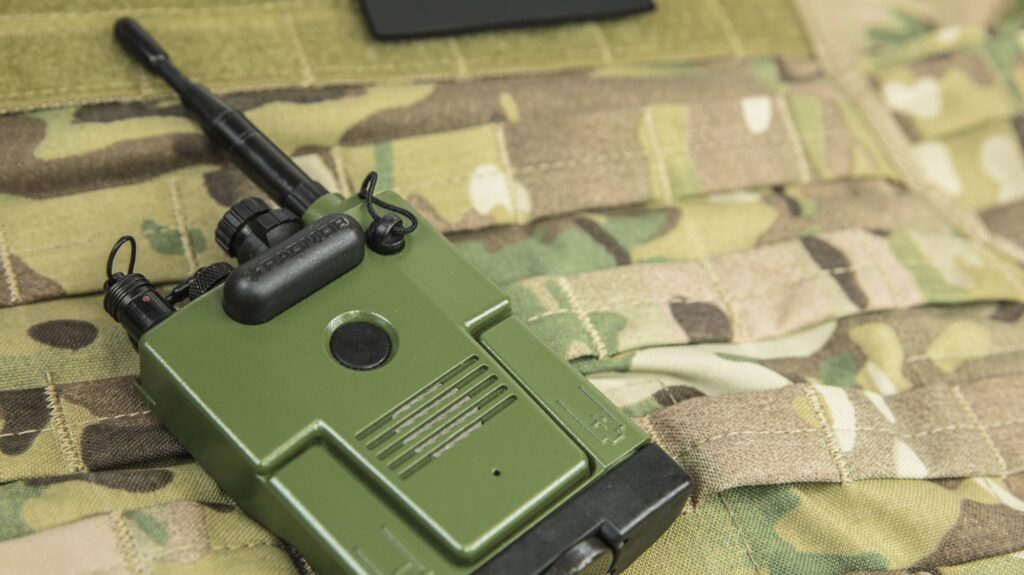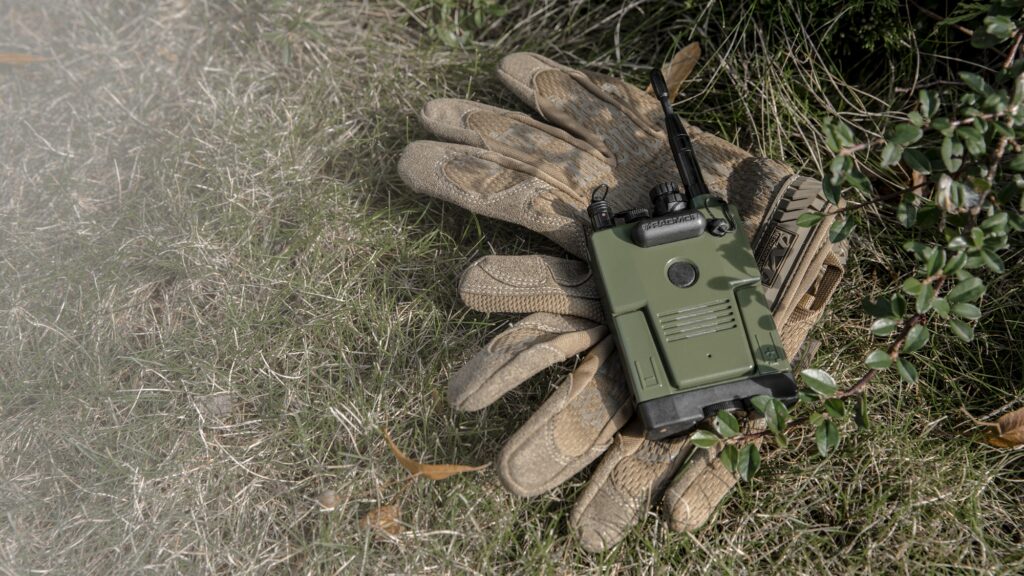
WB GROUP is proud to announce the successful delivery of cutting-edge communication solutions to the Navy of a NATO ally. The R35010 personal radios, manufactured by RADMOR company, have passed stringent acceptance tests and are now officially qualified for use within the armed forces of the recipient country. These advanced Polish devices will enhance the capabilities of the naval communications system.
As a critical entity of WB GROUP, RADMOR has supplied tactical communication equipment to a European NATO member state. Following successful acceptance testing, the R35010 radios have been approved for deployment within the user country’s navy, with deliveries now underway.
The order encompasses R35010 radios along with essential accessories. Produced in Poland, this equipment will significantly enhance the functionality of the shipboard internal communication system, ensuring effective wireless communication in critical operational areas. The signed contract and prompt deliveries lay a robust foundation for ongoing collaboration on future projects.
The R35010 radio is a compact and lightweight device designed for immediate deployment. It enables seamless communication among squad members or combat teams operating on small radio networks. Several thousand units have been delivered to users in Poland and internationally.
A vital feature of the R35010 is its automatic retransmission capability, which significantly extends communication range, especially in environments with limited antenna visibility. This innovative solution provides superior area coverage, effectively overcoming various obstacles.
Operating on the Direct Sequence Spread Spectrum (DSSS) technology, the R35010 facilitates pulsed information reception and transmission, significantly reducing the risk of detection. The device can have AES encryption, a GPS receiver, and a wireless Push-To-Talk (PTT) switch.
Moreover, the R35010 supports conference calling and can be customised for communication across eight independent groups, creating up to 64 distinct radio networks operating on the same frequency.










